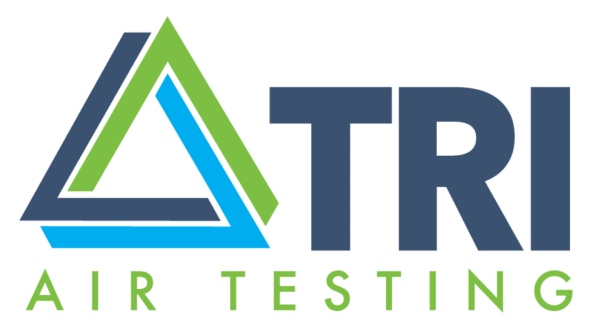Chocolate is a universal treat. It’s enjoyed by cultures throughout the world. Derived from the cocoa beans, it has historically been harvested in South America (where it originated); but today the African continent is the largest producer (accounting for roughly 66% of the global supply). Côte d’Ivoire alone produces half of that.
Suffice it to say, chocolate is a truly international commodity. It is used in the production of food and beverage products everywhere, and nearly all places that utilize it choose specific varieties or processing styles to suit local tastes. A candy bar produced in Pennsylvania tastes very different from one produced in Brussels, even if both producers acquire raw chocolate from the same source.

Cocao “fruit” pods can grow up to 1 ft. in length and way one pound. Cocao, or cocoa, beans grow within and provide the base for all chocolate products.
What unites these vastly different tastes? The controls used in food and beverage manufacturing ensure safe food supplies and protect the localized taste so that the chocolate bar, ice cream or beverage you sample tastes as you expect it to. Compressed air plays a huge role in those production, conveyance, and safety processes.
Compressed air testing ensures that the compressed air systems responsible for automated production lines, temperature regulation, clean packaging, etc., are operating safely.
AVOIDING CONTAMINANTS
In chocolate processing, product creation, and packaging, moisture and oil contaminants are major concerns. Mismanaging them can lead to off-tasting or spoiled products.
The variety of chocolate products also increases the need for careful management. Chocolate is converted to use in hard, dry powder, liquid, chewy, cakey and other product forms; and each of these forms requires a strict management of the moisture level. That, in turn, means what moisture is allowed is clean and consistent.
Air quality systems utilizing compressed air help prevent microbial growth, desiccation, and the unwanted transfer of odors and oils. High-quality compressed air prevents contamination from particulates and hydrocarbon gases. The dew point in the production environment must be tightly controlled, and that too is assisted by compressed air.
Knowing your compressed air is clean is essential. Compressed air testing is how you verify that aspect of your production integrity.
NEED GUIDANCE?
As we have noted before on this blog, the food and beverage industry utilizes compressed air widely, and while food and beverage is primary, there is not—and cannot—be a blanket standard for compressed air quality that is applied to all production situations. Still, manufacturing, processing and packaging operations must demonstrate safety.
Common guidance is found through the US Food and Drug Administration’s (FDA) Food Safety Modernization Act (FSMA), cGMP, Safe Quality Food (SQF), ISO, and other standards and guideline-issuing organizations and agencies.
TRI Air Testing, in addition to the large range of compressed air quality tests it provides, can also provide guidance for helping you ensure that you are meeting appropriate guidelines and regulations in your operations. TRI, in fact, has developed guidelines for direct and indirect product contact to assist facilities in fine-tuning their compressed air operations so that they are safe and more energy and cost efficient. (Trying to meet a compressed air standard that is more stringent than your operation requires can be extremely expensive in its energy usage, for example.)
So whether you have specific standards to meet or if your plant engineers are seeking to design a site-specific compressed air quality plan that combines guidance from sources such as ISO 8573, USP, SQF, FDA, etc., TRI Air Testing’s independent third-party expertise can help.
ABOUT TRI AIR TESTING
TRI Air Testing provides independent laboratory support for many food and beverage companies and offers 24-hour turnaround time and online access to testing reports. Plant engineers throughout the United States use testing equipment and media provided by TRI to collect compressed air samples as part of their facilities’ air quality compliance, safety and energy efficiency assurance measures.






